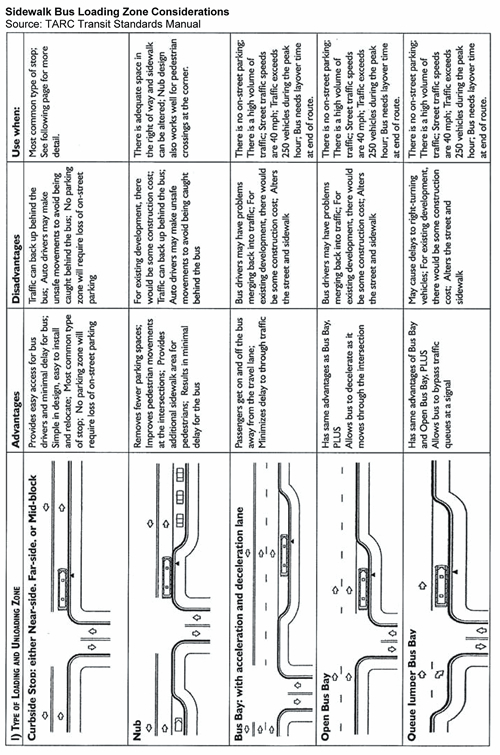V. Conclusions and Recommendations
Hispanic immigrants and persons of Hispanic descent are involved in a disproportionate number of pedestrian and bicyclist crashes. Hispanics represent the fastest growing population group in the United States. The Federal Highway Administration and the National Highway Traffic Safety Administration (FHWA/NHTSA) should target pedestrian and bicyclist safety programs for Hispanics.

